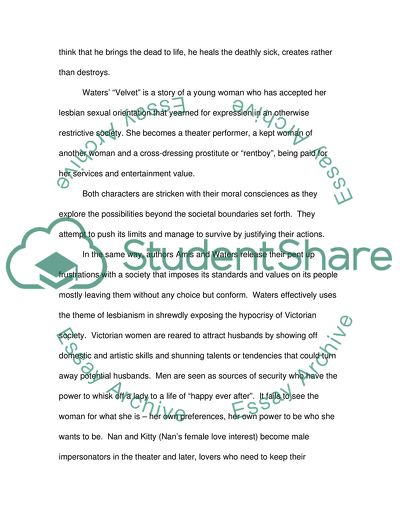Cite this document
(“In A Constant State of Painful Ambivalence Essay”, n.d.)
In A Constant State of Painful Ambivalence Essay. Retrieved from https://studentshare.org/literature/1547633-in-a-constant-state-of-painful-ambivalence
In A Constant State of Painful Ambivalence Essay. Retrieved from https://studentshare.org/literature/1547633-in-a-constant-state-of-painful-ambivalence
(In A Constant State of Painful Ambivalence Essay)
In A Constant State of Painful Ambivalence Essay. https://studentshare.org/literature/1547633-in-a-constant-state-of-painful-ambivalence.
In A Constant State of Painful Ambivalence Essay. https://studentshare.org/literature/1547633-in-a-constant-state-of-painful-ambivalence.
“In A Constant State of Painful Ambivalence Essay”, n.d. https://studentshare.org/literature/1547633-in-a-constant-state-of-painful-ambivalence.


